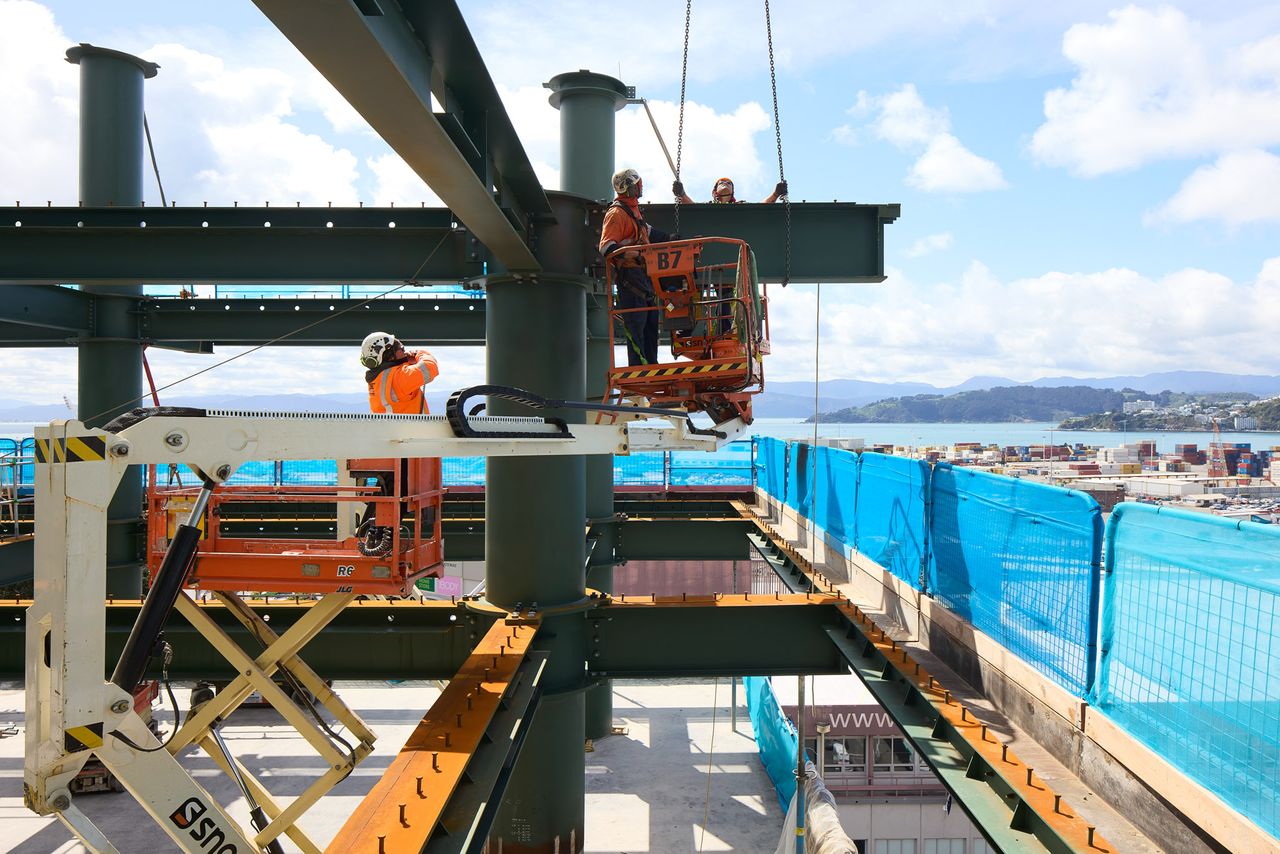News & Insights
Insurance, Risk & Resilience in a Changing Climate
Author
Date
- 2025 August
Location
- Canterbury – West Coast
- Otago – Southland
- Nelson – Marlborough

In September last year I commented on the recently released NZ Climate Change Strategy. My analysis was that the strategy placed more emphasis on response and recovery over reduction and resilience. I referenced the 2024 annual IAG Climate Change Survey in that commentary, and it is interesting to now review the 2025 survey Climate Change Poll 2025 especially in light of recent climate-related events in the South Island.
The most recent survey highlights the potential role the insurance industry may have in shaping future resilience to climatic events. It won’t be long before insurers begin making commercial decisions within at-risk communities, decisions that will influence resilience responses and actions far more quickly than current infrastructure strategy, planning and implementation ever can.
Insurance as a Climate Signal
At the recent London Climate Action Week conference, it was noted that insurability will become the clearest and earliest signal of climate change around the world. Already, there are examples of protective measures for at-risk assets being driven by rising insurance costs rather than by recognition of increased climatic risk. While such action can be mutually beneficial, unintended consequences are emerging. In some cases, corporations have sued local authorities for failing to maintain hazard defence structures, leading to production losses after weather-related events. As the stakes rise, so too does accountability.
New Zealand at a Fork in the Road
Closer to home, the IAG survey reflects ‘the fact that New Zealand is rapidly approaching a fork in the road. On one path we will fully confront the challenge of our hazards and place a greater focus and investment in risk reduction and thereby making it possible to keep more people insured. On the other we will shy away from the challenge and people will find it more expensive and difficult to insure their homes, and some may even find that their home is uninsurable.’
We all hope for the first path. Yet in the South Island, recent weather events in Nelson–Tasman, together with flooding in Westport in 2022 and Southland/Otago in 2023, underline the growing frequency of such events and the vulnerability of at-risk communities in the region. It is inevitable that the insurance industry will have to respond, and it appears that the majority of those surveyed in the IAG poll would expect that, as 71% accepted that they would have to pay higher premiums if they live in high-risk locations.
From Risk to Resilience
Determining the threshold of hazard risk vulnerability will become critical to future infrastructure resilience strategies and insurability. For example, hazard mapping by local authorities offers full transparency of modelled risks, enabling fully informed decision making for property owners and potential buyers. However, because this was not the intended purpose of these maps, their use in determining insurance risk is highly debatable.
Property developers would do well to engage professional hazard assessments as part of their due diligence and to check with their insurers prior to purchase. RCP works extensively with insurers managing post disaster recovery programmes and is currently working with asset owners in Auckland and Hawke’s Bay following the Auckland Anniversary and Cyclone Gabrielle events. Our experience provides valuable insight into both asset owners’ and insurers’ perspectives on infrastructure strategy, planning, design and procurement. We believe that early engagement in due diligence, strategy and planning before disaster strikes is a wise investment for both infrastructure asset owners and property owners alike.
The recent IAG Climate Change Poll and current climate-related events underscore the pivotal role the insurance industry may play in driving greater resilience to climatic events. The insurability of assets will soon become a primary indicator of climate change impacts globally. Locally, New Zealand faces a critical juncture: either confront hazards head-on to maintain insurability, or grapple with rising costs and potential non-insurability of properties. As we move forward, collaboration between insurers and infrastructure professionals like RCP will be crucial in developing effective and sustainable resilience measures.



